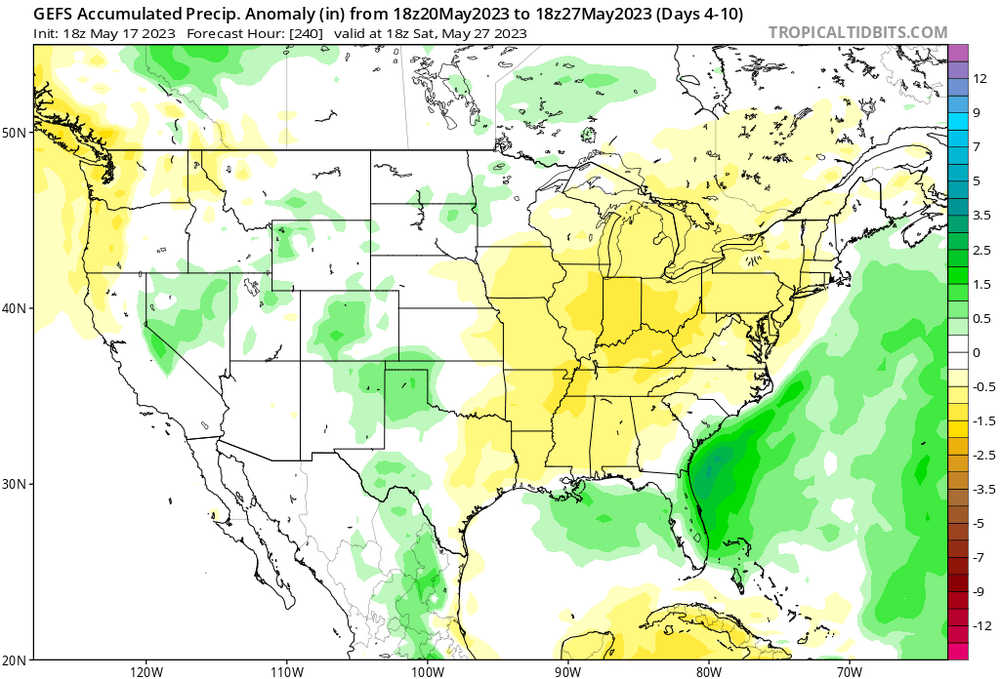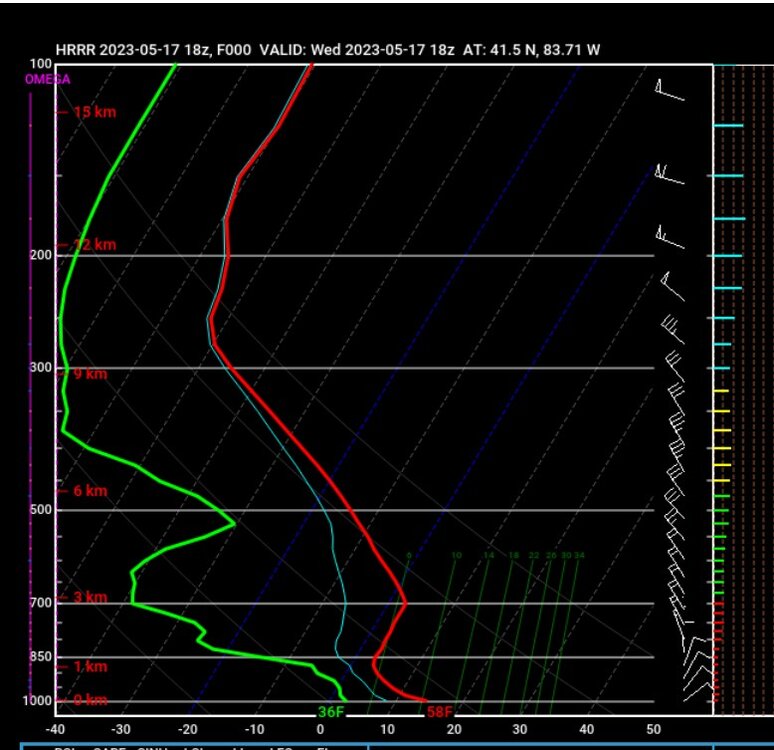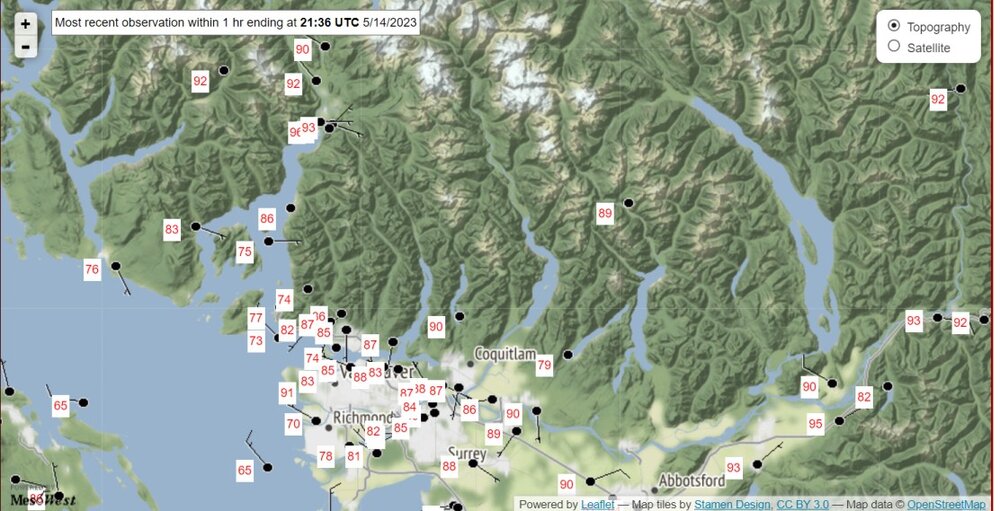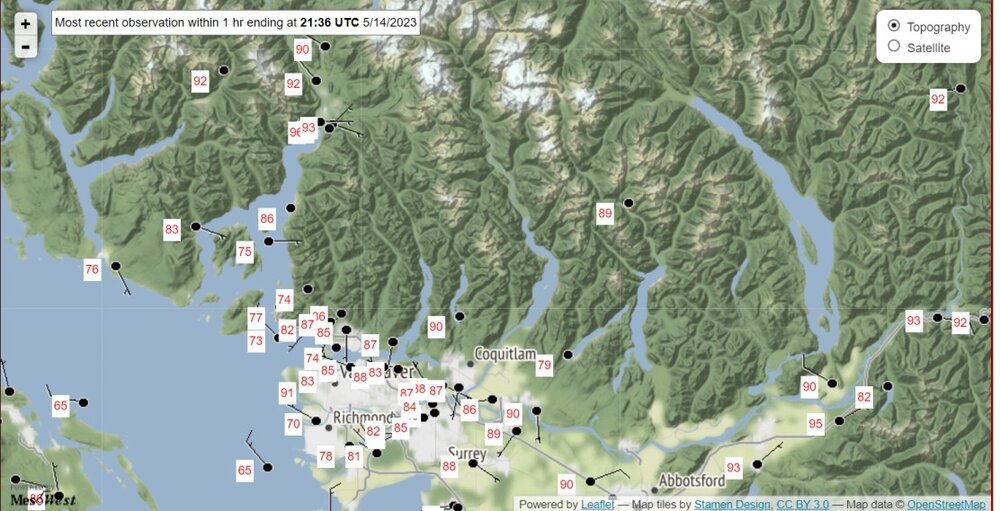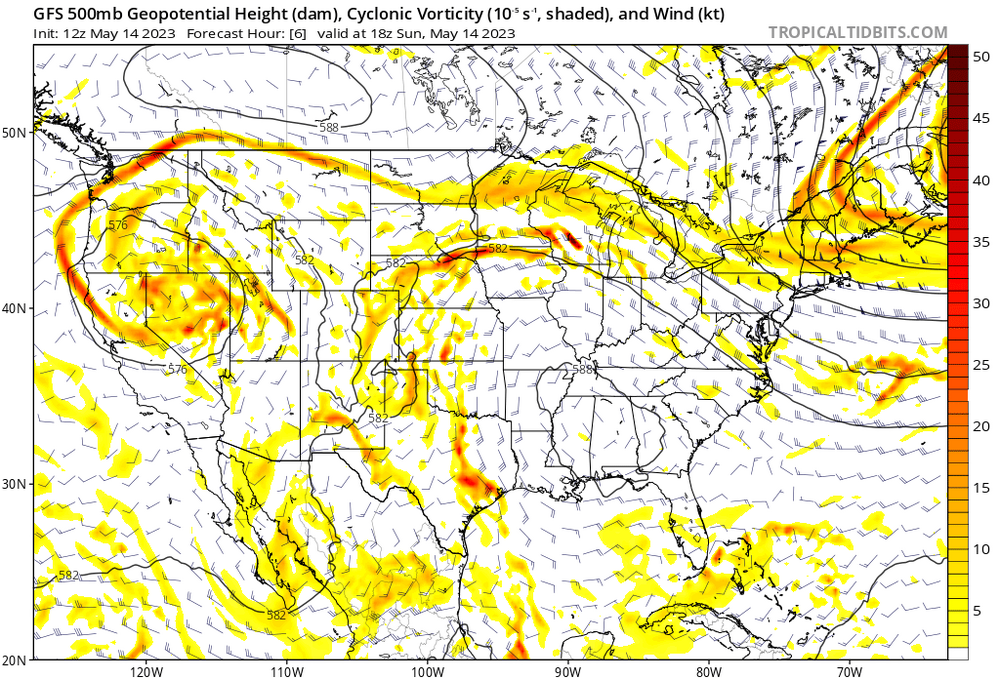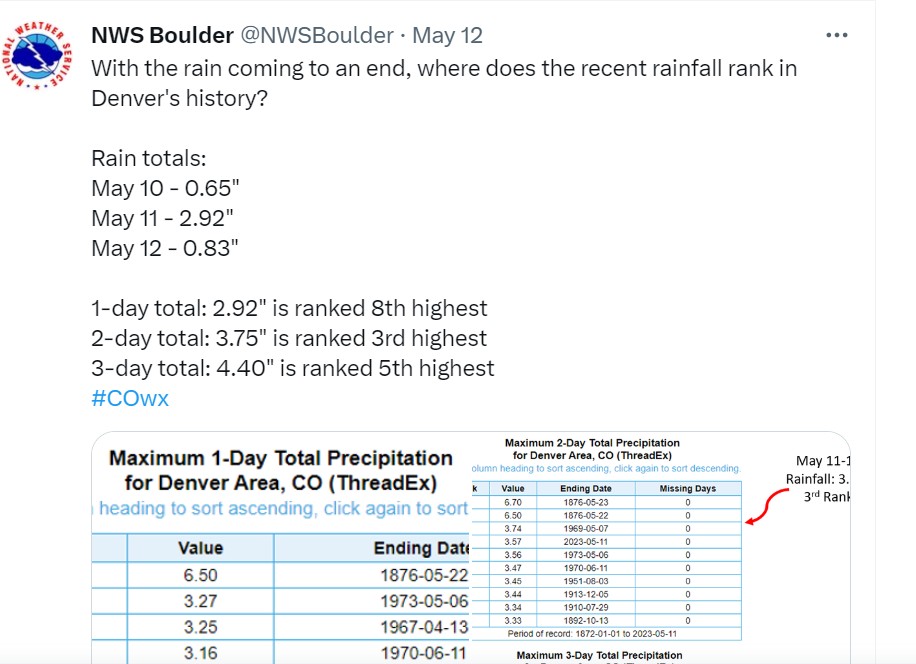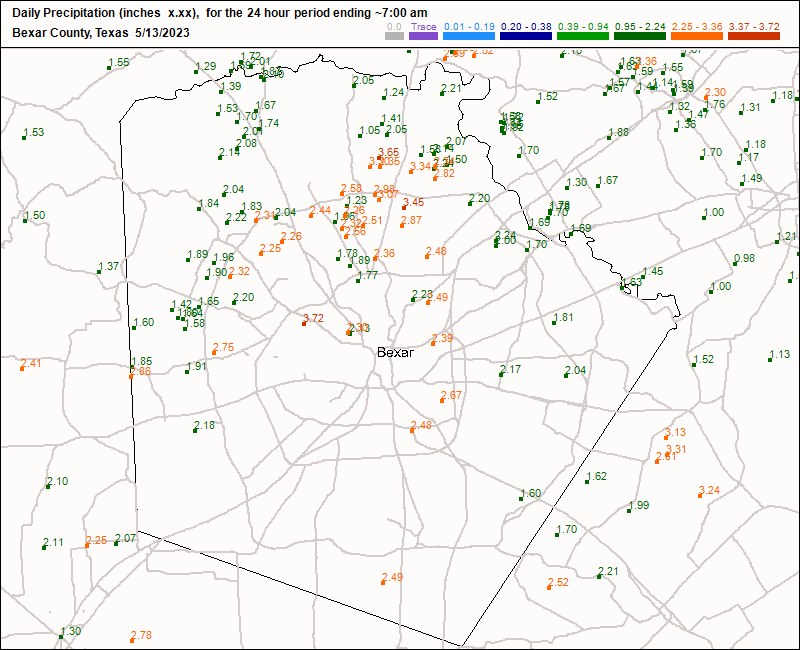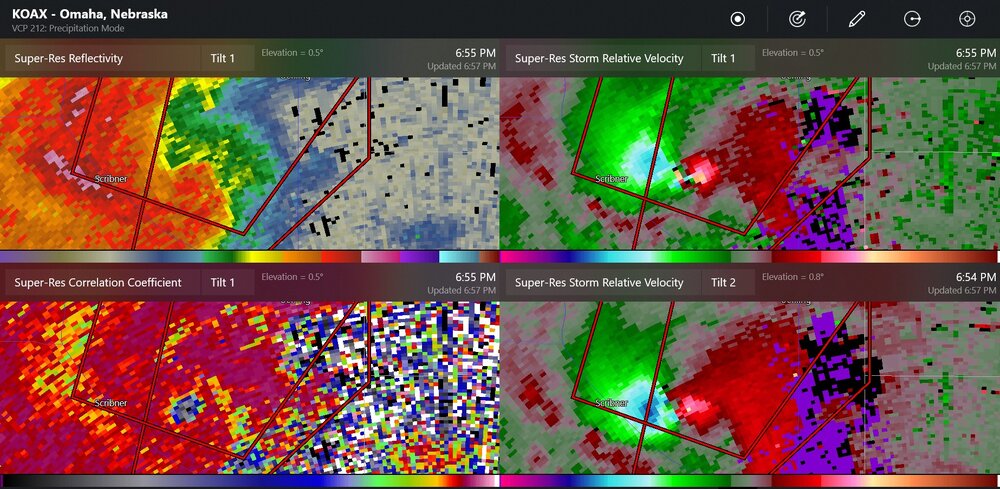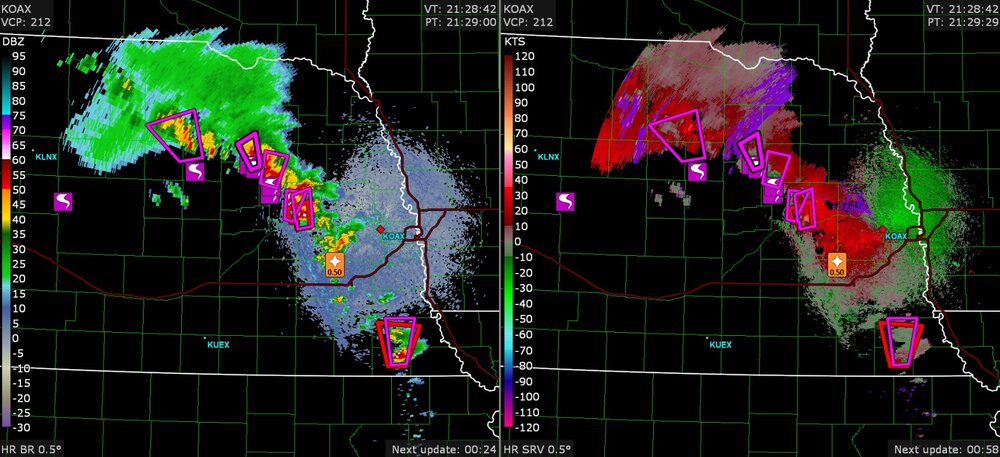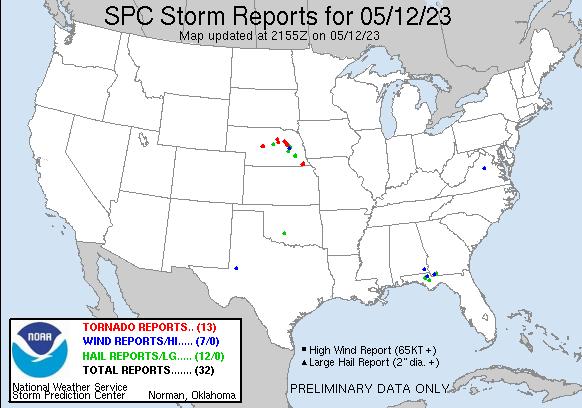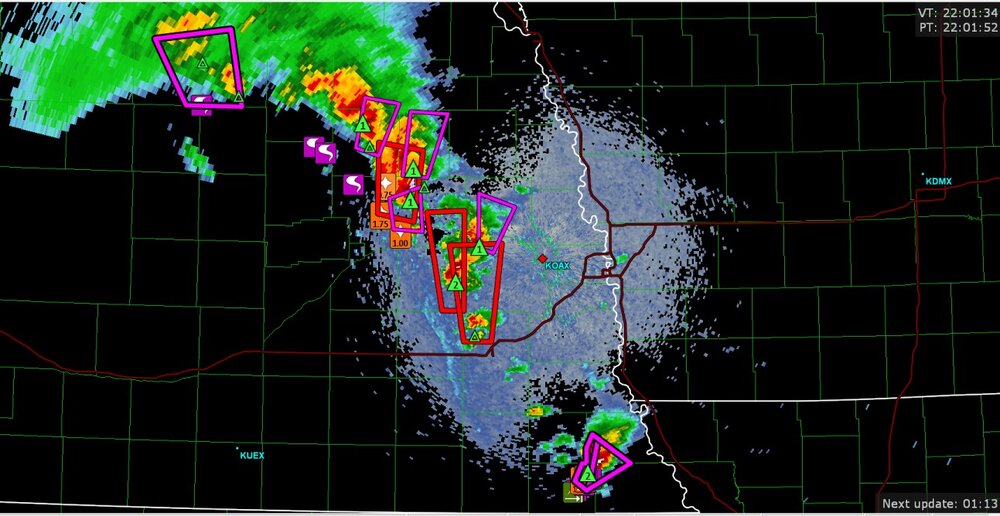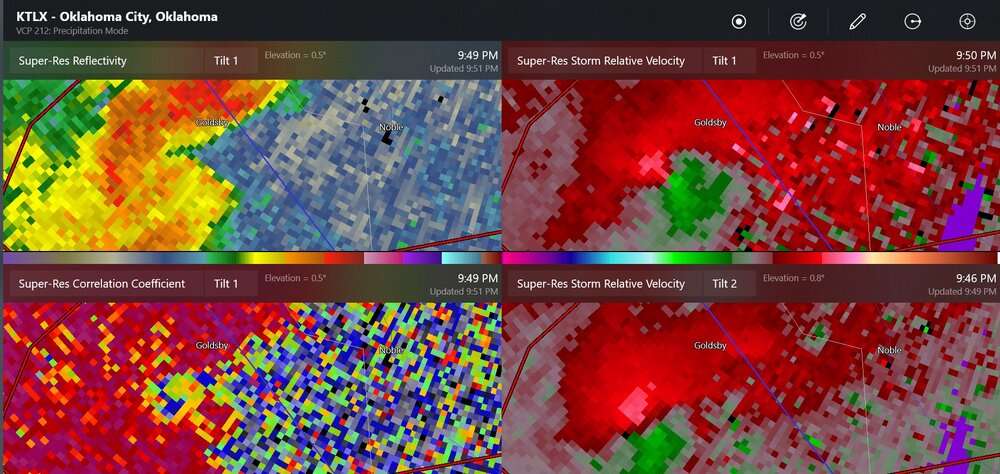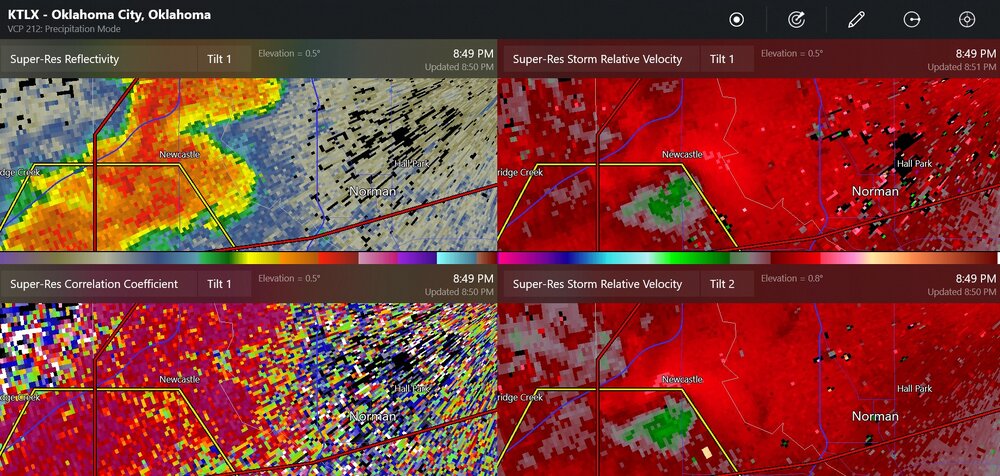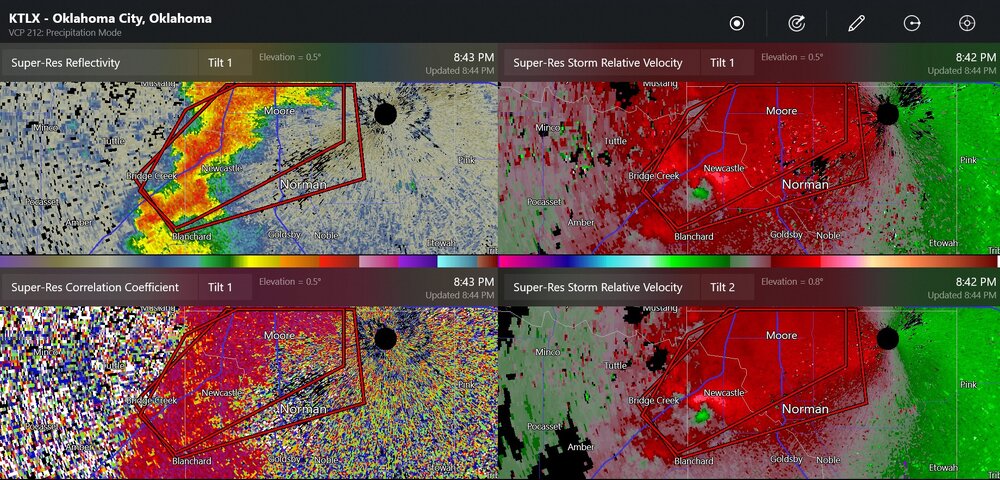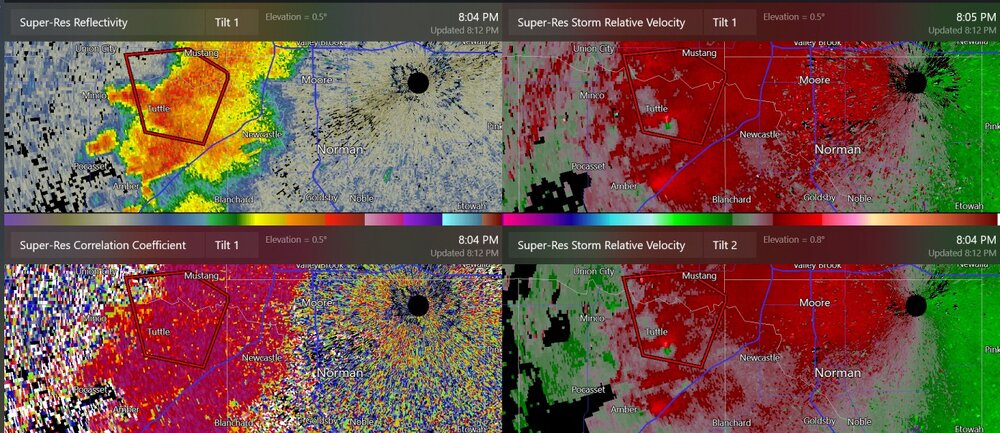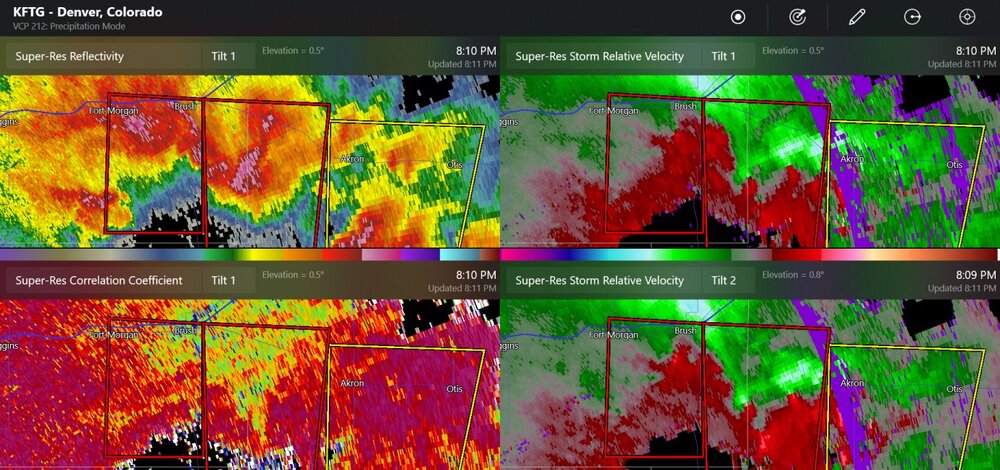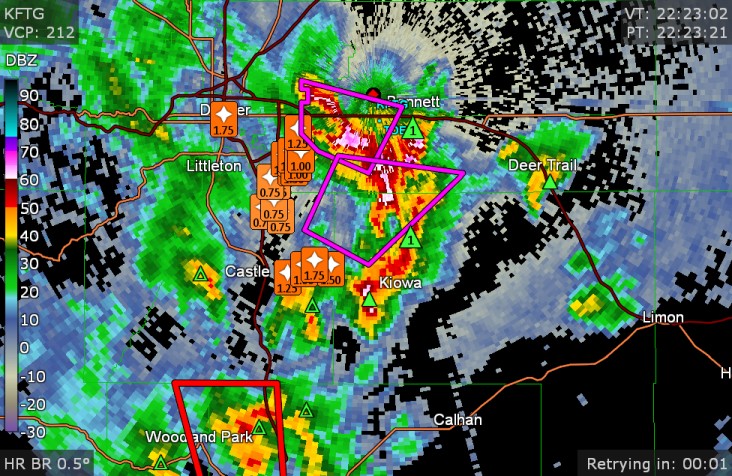-
Posts
10,552 -
Joined
-
Last visited
Content Type
Profiles
Blogs
Forums
American Weather
Media Demo
Store
Gallery
Everything posted by Chinook
-
I want some thunderstorms to track in the Midwest.
-
Global models have this storm going over Rota Island, Northern Mariana Islands, part of the USA.
-
Hello, Newman.
-
Excellent sunset photo
-
-
Since there's basically nothing happening across the country, here's the skew-T for my area today, without the severe weather indices. The cooling of the cold front made the 925mb-850mb temp to 3 degrees C this morning. There wasn't an inversion in mid-day, but rather a strong heating from the surface to 850mb, with then a nearly zero lapse rate above that. That's quite a chunk of dry cooler air from 850mb-700mb. It was breezy. Yesterday, Toledo had 80/38, notably, lower dew points than NE Colorado yesterday. That's hard to do.
-
And, I might add, I still don't know why the HRRR has about zero smoke density in our area, when it should be a moderate value.
-
For me, the haze is obvious on the satellite image. I see a white-ish sky, but not a red sun tonight. There's only a been a hint of the slight yellow tint of the sunlight that happens when you get heavy forest fire smoke.
-
I mentioned this in the Mountain West discussion: British Columbia had temperatures on 5/14 and 5/15 I don't think I've seen in May at any time.
-
This has got to be forest fire smoke. It's a red sun tonight. The HRRR says the vertically integrated smoke is zero, but that's wrong.
-
-
Today: down to a temperature of 63 with a dew point of 39 here. I sometimes forget that the more dry air, like I was used to feeling out in Fort Collins, does exist as we get closer and closer to summer. The 500mb pattern is a complete mess
-
-
I guess this continues the sort-of trend of wet Mays, going back several years. I probably just remember this trend because most of the months in my recent personal memories of Colorado haven't been rainy at all.
-
-
-
The only time Fort Collins got close to 5" was the flood of 2013. Fort Collins had 5" in a week, Horsetooth Mountain had about 9".
-
That's crazy
-
-
-
I believe this was a confirmed brief tornado in the rain at Tuttle/Bridge Creek. It did not necessarily look like it was at a hook echo/RFD at all. Maybe you could use your imagination to see a hook echo in there.
-
-
-
new tornado warning/severe warning for a storm(s) heading down the mountains toward Denver





